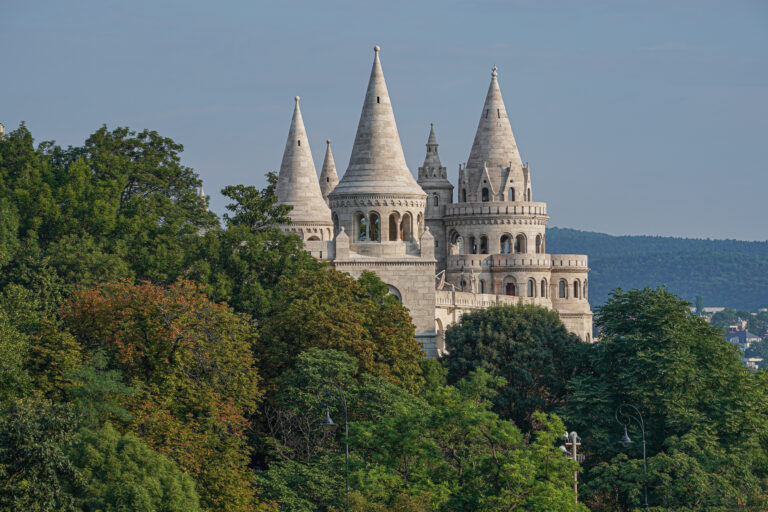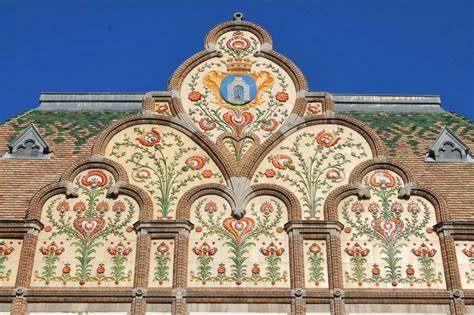Margit Bridge: a bridge in Budapest with three ends?
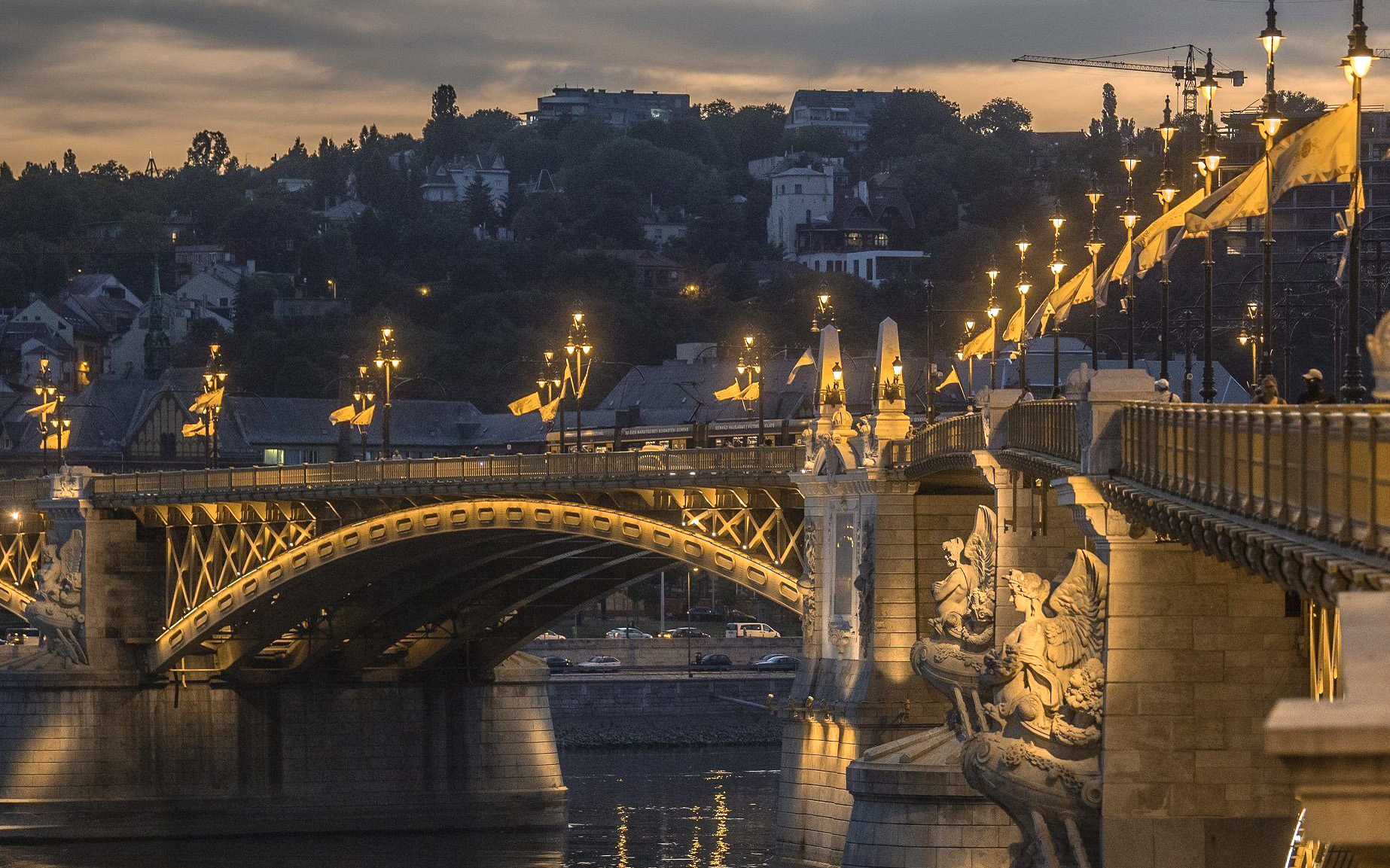
Margit Bridge: a bridge in Budapest with three ends?
As a traveler around Budapest, Margit Bridge is unavoidable.
It forms part of the Grand Boulevard (the Nagykörút) that circles most of the center of the city. As a result, the two busiest and most important tramlines, (Trams 4 and 6), cross over the Danube on this bridge, making it a vital part of the city’s transport system. But even though it has a crucial functionality, Margit Bridge remains a joy for any tourist here in Budapest.
A Little History
Following Széchenyi’s iconic Chain Bridge Budapest, (Margaret) Margit Bridge was the second permanent structure to be built across the river Danube in Budapest. It was designed by a French engineer, Ernest Goüin, and completed in 1876. During World War II, part of the bridge was destroyed in November 1944 when it was prematurely blown up by German forces, causing tragic loss of life. It was later rebuilt after the war.
More recently, between 2009 and 2011, the bridge underwent a major renovation: the structure was reinforced with modern steel elements, the sidewalks and cycle paths were widened, and the ornate lamp posts and decorative details were restored to their original appearance. So that’s a little of the history, but what makes this bridge such an experience is a combination of factors:
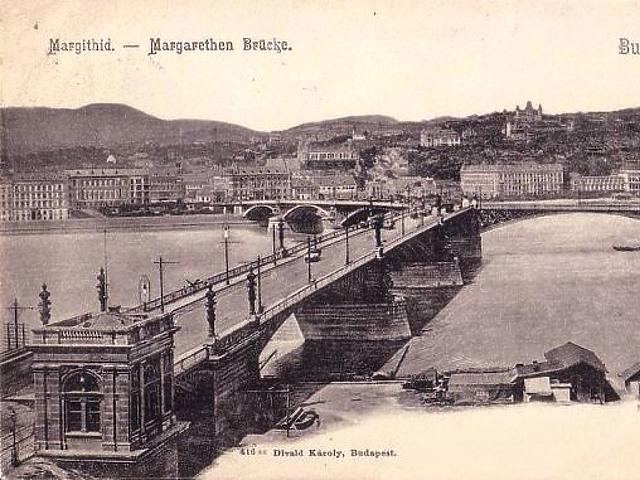
Margit Island
First of all, there are three ways on to the bridge and three ways off: the middle of the bridge connects to an island in the middle of the Danube river. Margit (Margaret) Island is a joy in its own right, it’s not just a large park, but is also a popular place for bathers in thermal pools and for those who like wining and dining outside. (There is also a hotel on the island.) Not surprisingly, many people break up their journey across Margit Bridge to spend some time on the island.
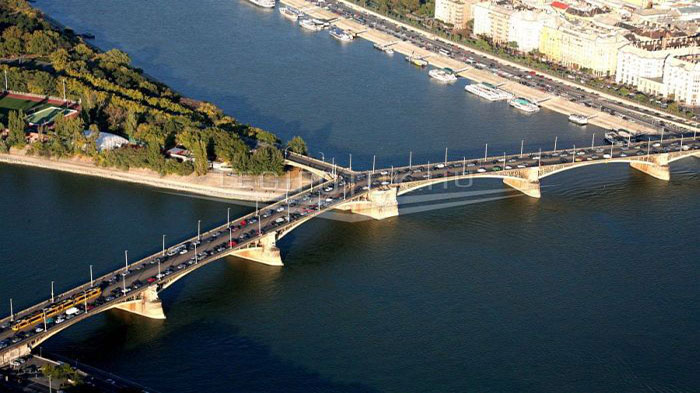
A Journey in Itself
Another factor in the bridge’s favor is its accessibility: Margit Bridge is definitely pedestrian friendly, but it’s also a joy to experience on tram. Why not try both?
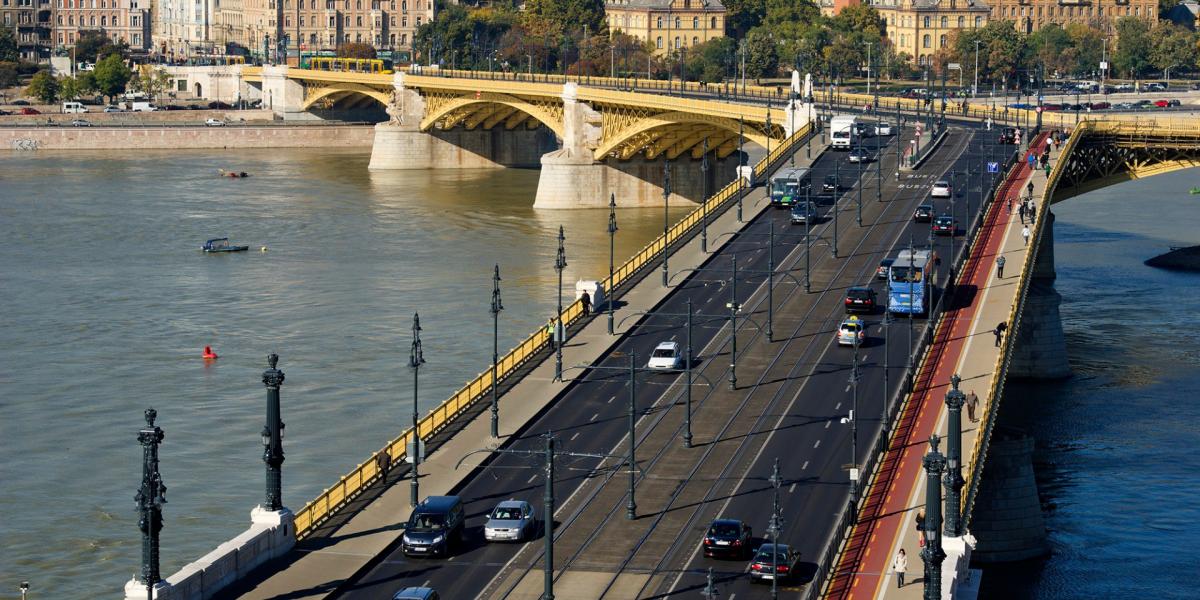
Fantastic Views of Budapest
Then there are the views from Margit Bridge which are definitely some of the best in the city. The Parliament of Hungary on the Pest side, or the on the opposite side, the Buda Castle and hills that bristle with church spires and castle towers. Stand in the center of the bridge and Buda and Pest are presented for you in equally impressive measure. In addition to the cityscape, there’s also the vast expansion of sky and river which opens up as soon as you step onto the bridge. For those who enjoy some dramatic cloud displays, if the conditions are right, you might find yourself gazing up at searing-pink and orange clouds blazing away above you as the day comes to an end.
Well-Placed for Everything Else
Then there are the nearby possibilities on either side of the bridge. On the Pest side, you find the beginning of the No 2 Tramline: probably one of the most beautiful tram journeys in the world. Also in Pest, there is the trendy Pozsonyi utca (Pozsonyi street) and the Víg Theatre. On the Buda side, the bridge links with the embankment, and also the suburban railway and a potential journey to Szentendre.
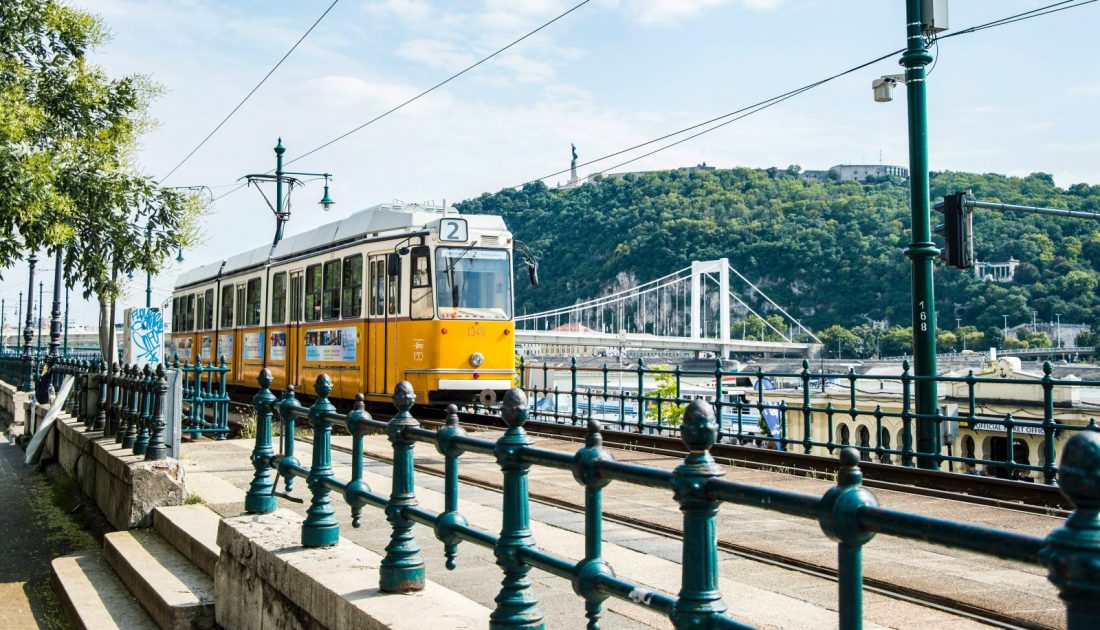
Ornate Designs
Finally, although most of the grandeur of the bridge is seen below the pedestrian level, (another good reason for a boat trip), Margit Bridge is still aesthetically pleasing for those who walk across it: it is peppered here and there with intricately crafted lamps and winged creatures.
Of all the bridges in Budapest, only Chain Bridge ranks higher on the list of ‘must experience’ bridges.
Some other famous Bridges of Budapest: Szabadság híd (Liberty Bridge), Erzsébet híd (Elizabeth Bridge), Széchenyi Lánchíd (Széchenyi Chain Bridge).
The bridges of Budapest are marvelous. If you want to learn more about these amazing structures, read our article about the topic. Apart from the bridges, it’s worth paying attention to the top 7 iconic sights along the Danube.
On the hop-on-hop-off sightseeing tours, you can discover Budapest’s landmarks, such as some of Budapest’s statues.
FAQ
What is Margit Bridge in Budapest?
Margit Bridge, also known as Margaret Bridge, is a vital road and tram bridge in Budapest, Hungary, connecting Buda and Pest. It spans the Danube River and is named after Saint Margaret, the daughter of King Béla IV. The bridge is notable for its unique architectural design and serves as a key transportation route, offering stunning views of the city and the river.
How do I get to Margit Bridge?

Margit Bridge can be easily accessed via public transportation, including trams and buses. Tram lines 4 and 6 run across the bridge, making it convenient for travelers. Additionally, the bridge is within walking distance from several popular attractions in both Buda and Pest, making it a great starting point for exploration.
What can I do near Margit Bridge?
Near Margit Bridge, visitors can enjoy various attractions, including Margaret Island, a picturesque park located just adjacent to the bridge. The island offers walking paths, gardens, and recreational activities. Additionally, there are several cafés and restaurants in the area where you can relax and enjoy the scenic views of the Danube.
Is Margit Bridge pedestrian-friendly?
Yes, Margit Bridge is pedestrian-friendly, with dedicated walkways for walkers and cyclists. Visitors can comfortably stroll across the bridge while taking in the breathtaking views of the Danube River and the surrounding cityscape. The bridge also features seating areas where pedestrians can rest and enjoy the scenery.
